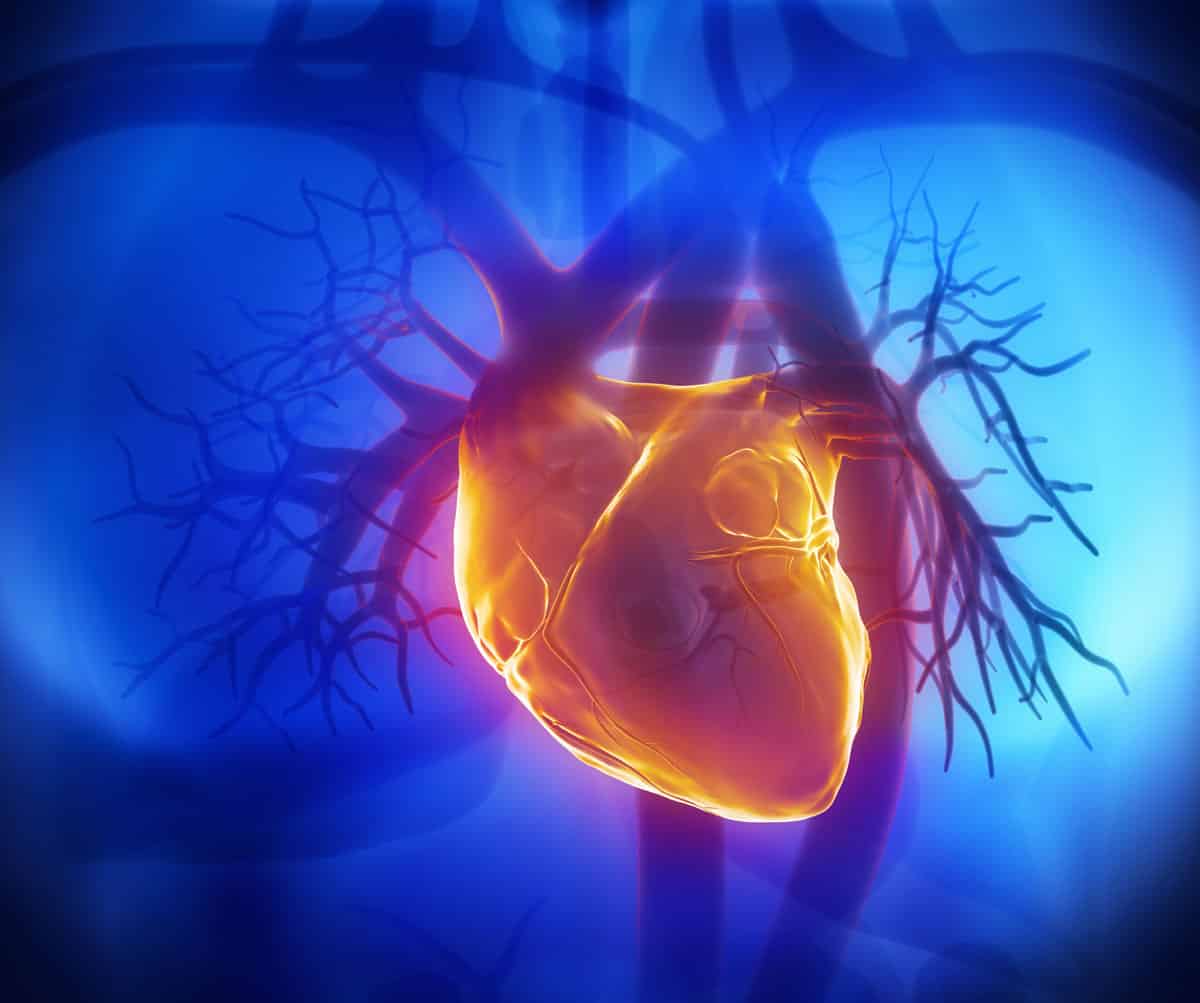Geckos are equally both disgusting and fascinating- I mean they can regenerate their own body part and can also heal without scarring.
Really, how cool is that?
Well, now, it seems like you can too! In the same fashion!
But of ‘course I don’t mean your invisible monkey tail but your heart- the quintessence of your survival!
University of Florida (UF) scientists, led by Mark Martindale, one fine day decided to study one of the creatures that possesses the nature’s super power of regeneration naturally — the sea anemone — found inspiration and now think that this biological superpower could teach us how to stimulate regenerative healing in human hearts.
The muscle-less and heartless sea anemone is capable of a fascinating kind of regeneration; unlike a lizard that can regrow a chopped-off tail, any piece that’s lopped off a sea anemone regenerates into a completely separate animal.
I mean these guys are not exactly a showy aquarium piece- they are red-striped organism anchored in the estuarian mud whose tentacles wave to sting microscopic prey, but then they are even cooler than the geckos, regenerating into a whole organism and all!
In the course of their research, as it is already
common knowledge that these sea creatures have genes known to help form heart cells in humans and other animals, the team set out to find the genes that are responsible for this activity and soon discovered them.They discovered that key differences between how these “heart genes” interact with one another in the sea anemone was the answer to why we aren’t capable of the same type of regeneration if we have the same genes as sea anemones.
In vertebrates and flies, once these genes are turned on to express as heart cells, they remain on for the entirety of the animal’s life due to “lockdown loops.” “This ensures that heart cells always stay heart cells and cannot become any other type of cell,” said Martindale in a press release. “Our study shows that if we learn more about the logic of how genes that give rise to heart cells talk to each other, muscle regeneration in humans might be possible.”
So, perhaps if we are able to tweak our own muscle cells to follow the lead of the starlet sea anemone cells, regenerative healing in the heart and other body parts could be a possibility. That is, if the mechanism can be reverse engineered, it might be possible in the future to coax muscle cells into regenerating into other cells, including heart cells.
Once this happens, the door will be open to growing a human heart.
But obviously a lot more research is required to realize this, but this link between humans and sea anemone is a big step in organ regeneration research. It is estimated that millions of people could be helped each year, as it could facilitate treatment of diseases, and also put an end to the organ donation shortage. And any progress towards that goal is something to get excited about.






























